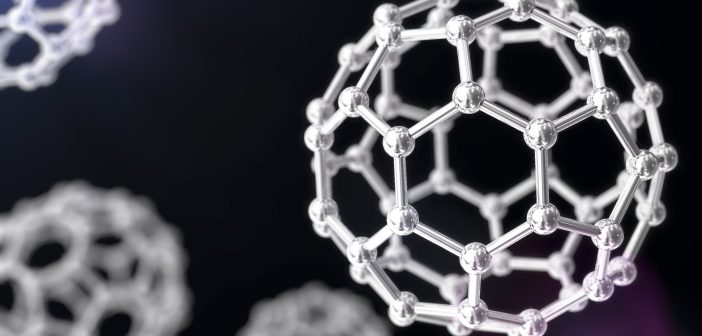A team of researchers from the Institute of Advanced Study in Science and Technology (IASST), an autonomous institute under the Department of Science and Technology (DST), has achieved a significant breakthrough in cancer treatment. By developing innovative magnetic nanoparticles, they aim to enhance the efficiency and reduce the side effects of existing therapies.
The newly developed magnetic nanoparticles enable a cutting-edge treatment method called magnetic hyperthermia. This approach involves increasing the temperature of tumor cells to destroy them effectively. The therapy utilizes superparamagnetic nanoparticles as “nano-heaters” to elevate the temperature of cancer cells up to 46 degrees Celsius for a specific duration, inducing necrosis in the affected cells. The process is precise, targeting specific cancer locations, and minimizes damage to surrounding healthy tissues.
Cancer remains one of humanity’s greatest health challenges, with treatment options such as radiation therapy, chemotherapy, targeted therapy, and stem cell transplants being commonly used. While these methods have proven effective in many cases, they are often accompanied by significant side effects, high costs, and limited accessibility. The IASST team has sought to address these challenges by focusing on nanomagnets to develop a controlled heat-generation process that offers fewer side effects.
The research team synthesized nanocrystalline cobalt chromite magnetic nanoparticles with varying rare-earth gadolinium (Gd) dopant contents using the chemical co-precipitation route. This innovative approach allows the nanoparticles to achieve bio-friendly coatings and high heat generation efficiency under an applied alternating magnetic field. Achieving these results required overcoming the complexities of manipulating physical parameters to optimize the nanoparticles’ self-heating efficacy.
According to the researchers, the therapy’s effectiveness lies in its targeted application and external control via magnetic fields. By generating heat directly at cancerous sites, the process avoids widespread systemic effects and offers an alternative cancer therapy that could be more accessible and less invasive.
The promising findings of this research have been published in Nanoscale Advances, a prestigious peer-reviewed journal by the Royal Society of Chemistry, UK. This marks an important step forward in exploring advanced, cost-effective, and less harmful solutions for combating cancer—a disease that affects millions worldwide.
The team continues to refine and expand their work, envisioning the potential for widespread adoption of magnetic hyperthermia as a viable treatment option for cancer patients. Their efforts underscore the critical role of innovative science and technology in addressing global health crises.





